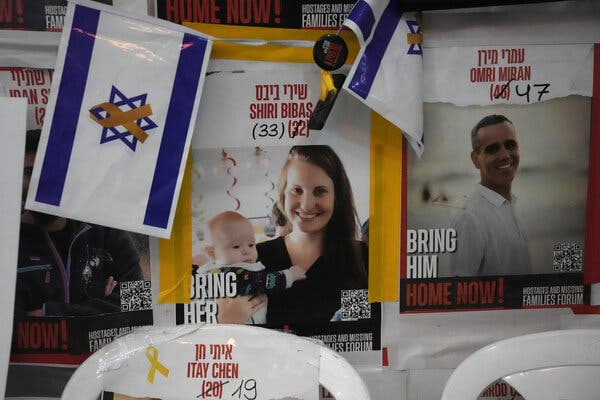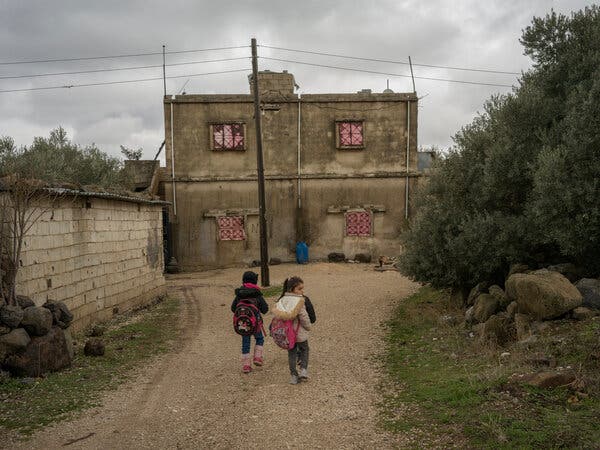Both campaigns are digging through troves of data to find these crucial Americans. They both think many are younger, Black or Latino. The Harris team is also eyeing white, college-educated women.
Listen to this article · 10:16 min Learn more
- Share full article
- 0

Vice President Kamala Harris’s campaign has spent months collecting data on the media consumption habits of voters in battleground states. That research is now informing her media and travel schedule.
Vice President Kamala Harris and former President Donald J. Trump are carrying out a virtual house-to-house hunt for the final few voters who are still up for grabs, guided by months of painstaking research about these elusive Americans.
Inside the Delaware headquarters of Ms. Harris’s campaign, analysts have spent 18 months curating a list of which television shows and podcasts voters consume in the battleground states. Her team has assigned every voter in these states a “contactability score” from 0 to 100 to determine just how hard that person will be to reach — and who is best to deliver her closing message.
The results are guiding Ms. Harris’s media and travel schedule, as well as campaign stops by brand-name supporters. For instance, the movie star Julia Roberts and the basketball great Magic Johnson earned high marks among certain voters, so they have been deployed to swing states.
At Mr. Trump’s headquarters, in South Florida, his team recently refreshed its model of the battleground electorate and found that just 5 percent of voters were still undecided, half as many as in August. The Trump team calls them the “target persuadables” — younger, more racially diverse people with lower incomes who tend to use streaming services and social media. Mr. Trump has made appearance after appearance on those platforms, including on podcasts aimed at young men.
This furious search for a fickle sliver of the country has grown more urgent because the presidential contest is as close as any since the advent of modern polling, with the two candidates nearly deadlocked across the battleground states. The election could now ride on undecided Americans who have unplugged almost entirely from political news — making them tricky to find even for billion-dollar campaigns.
ImageVolunteers knocking on doors for former President Donald J. Trump and other local candidates last month in Kenosha, Wis. His campaign found that just 5 percent of voters were still undecided, half as many as in August. Credit…Jamie Kelter Davis for The New York Times
We are having trouble retrieving the article content.
Please enable JavaScript in your browser settings.
Thank you for your patience while we verify access. If you are in Reader mode please exit and log into your Times account, or subscribe for all of The Times.
Thank you for your patience while we verify access.
Already a subscriber? Log in.
Want all of The Times? Subscribe.
SKIP ADVERTISEMENT
Source: nytimes.com



